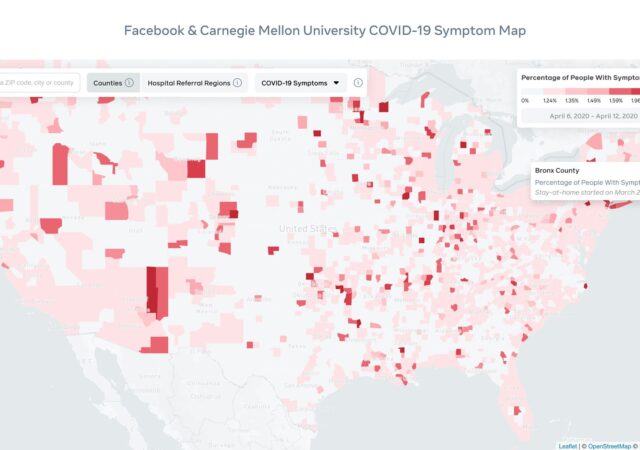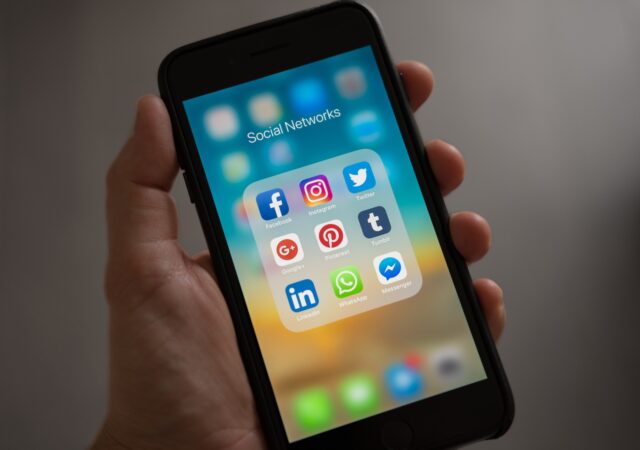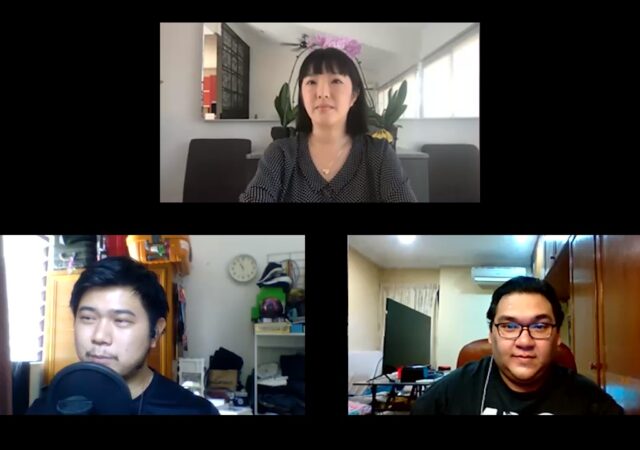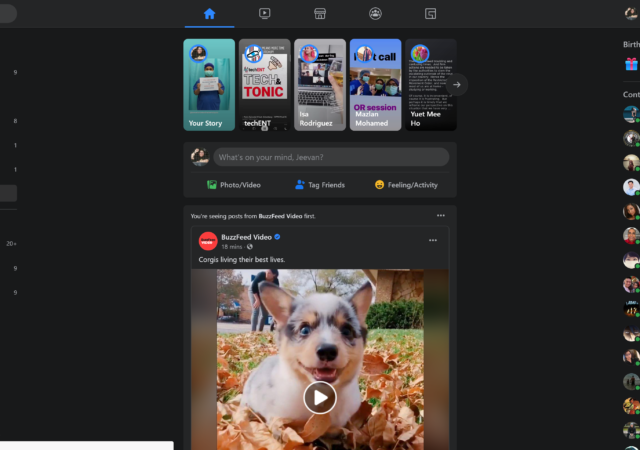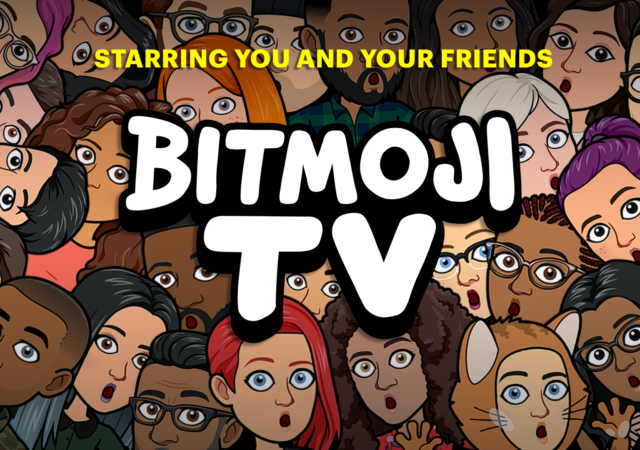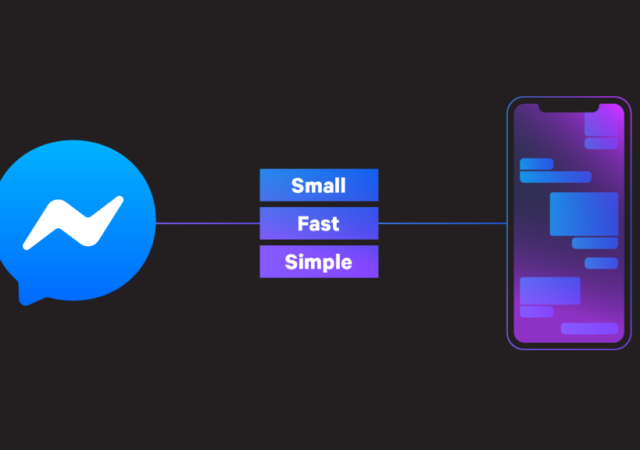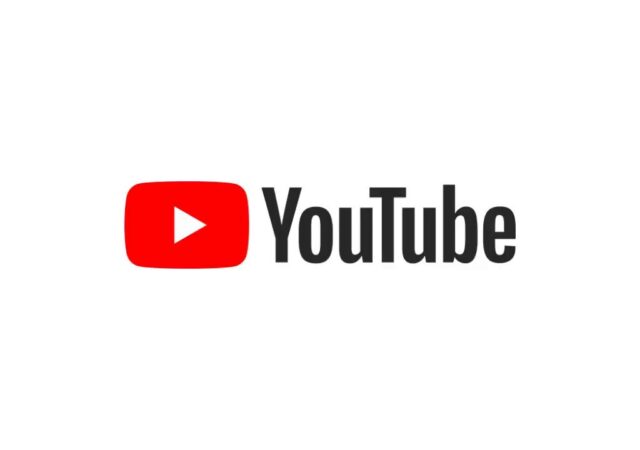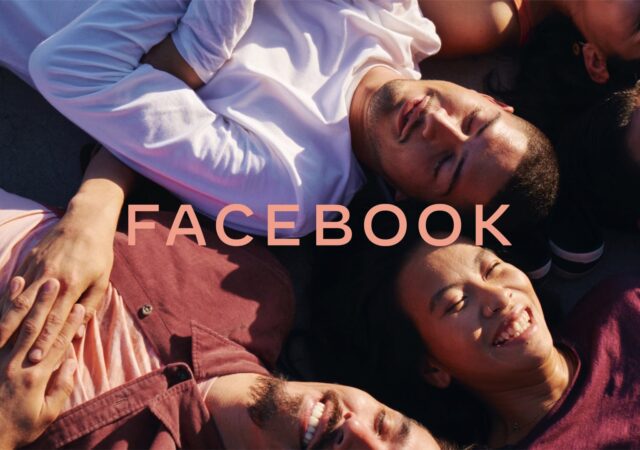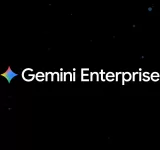Facebook is using its unique position as a social media platform to help deal with the COVID-19 pandemic in a more active way.
Facebook and Google Could Have to Pay for News Content in Australia
Australia is the latest country to look into legislation that may force companies such as Facebook and Google to pay news and content outlet for their content.
techENT Interviews Nicole Tan of Facebook
We took up an opportunity to sit down with Nicole Tan of Facebook to find out how Facebook Malaysia has adapted and contributed toward the global pandemic that is the COVID-19.
COVID-19 isn’t Just a Biological Pandemic, It’s A Cyber Security Pandemic
The COVID-19 pandemic is one of the most unprecedented events to have occurred in the past decade. In fact, the last time a major pandemic hit was in the 1910s. Since then, there have been milder pandemics which have occurred…
Facebook is Getting a New Design and Dark Mode
Facebook is about to launch a redesigned version of their platform. techENT is breaking down the good, the bad and the ugly of the redesign.
Catching Up with Snap Inc.: The Big Comeback & Bitmoji TV
A little while back, the team at techENT had the privilege of catching up with Nana Murugesan, Managing Director for International Markets at Snap Inc. and Ba Blackstock, CEO of Bitmoji at Snap Inc. The interview was done shortly after…
WhatsApp Dark is Here, and it is glorious!
WhatsApp has finally introduced their ‘Dark’ theme into the mobile app. Texting in your bed has never been so comfortable.
New Facebook Messenger for iOS is LightSpeed
Facebook just launched their Facebook Messenger for iOS with LightSpeed. The new updated app is supposed to be faster, lighter, smaller, and simpler.
YouTube is a US$ 15 Billion per Year Business! What Does That Mean for Us?
Late yesterday Alphabet, which is what Google has become since their 2015 restructuring made their 2019 revenue reports available to the public. Of course Wall Street was the first to pick up the reports and ate their way through it…
The Social Trends Shaping Business in 2020
*This article is contributed by Nicole Tan, Country Director of Facebook Malaysia* A fisherman who uses WhatsApp and Facebook to change his quality of life and keeps his community safe by alerting each other on weather and tide conditions, a…



